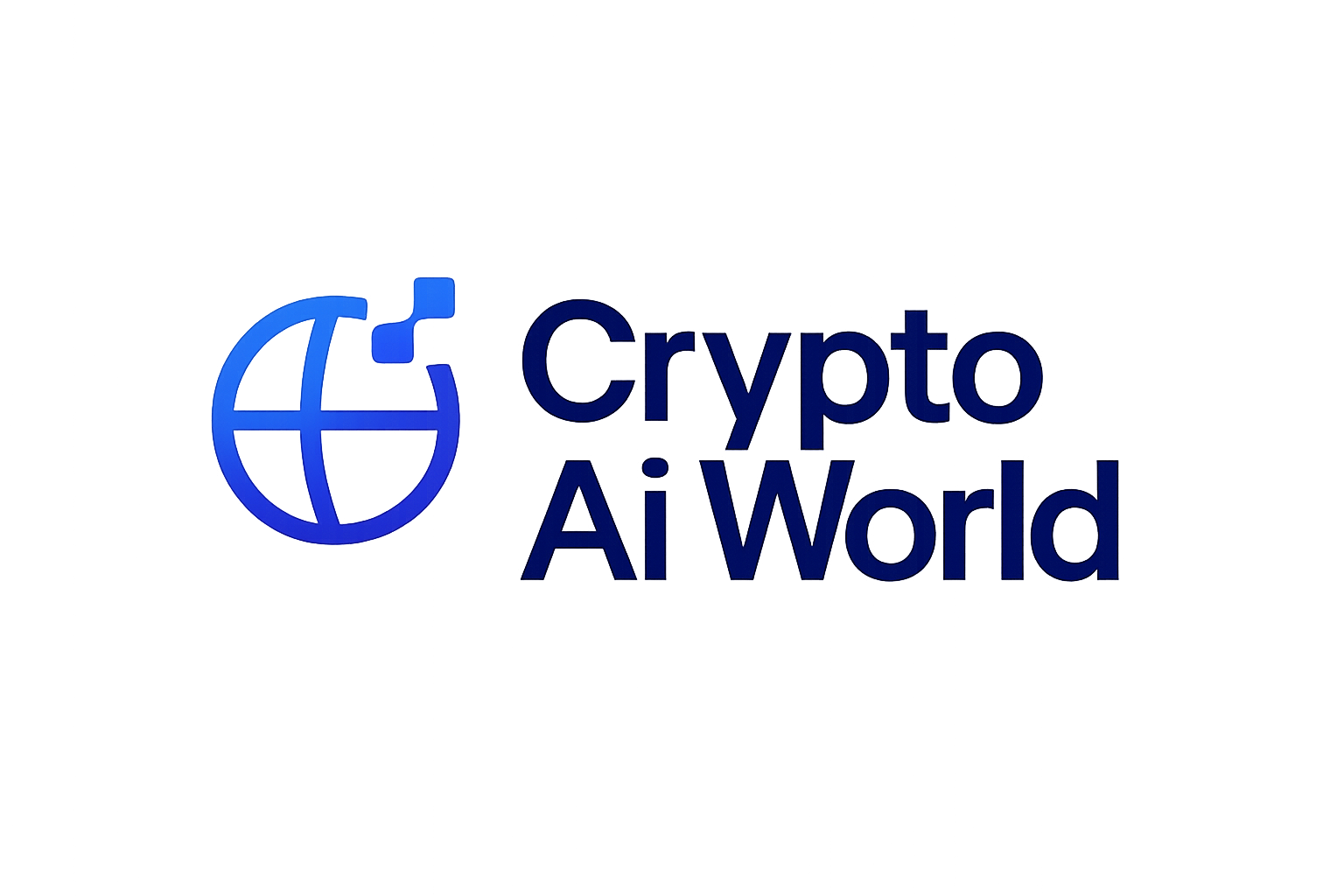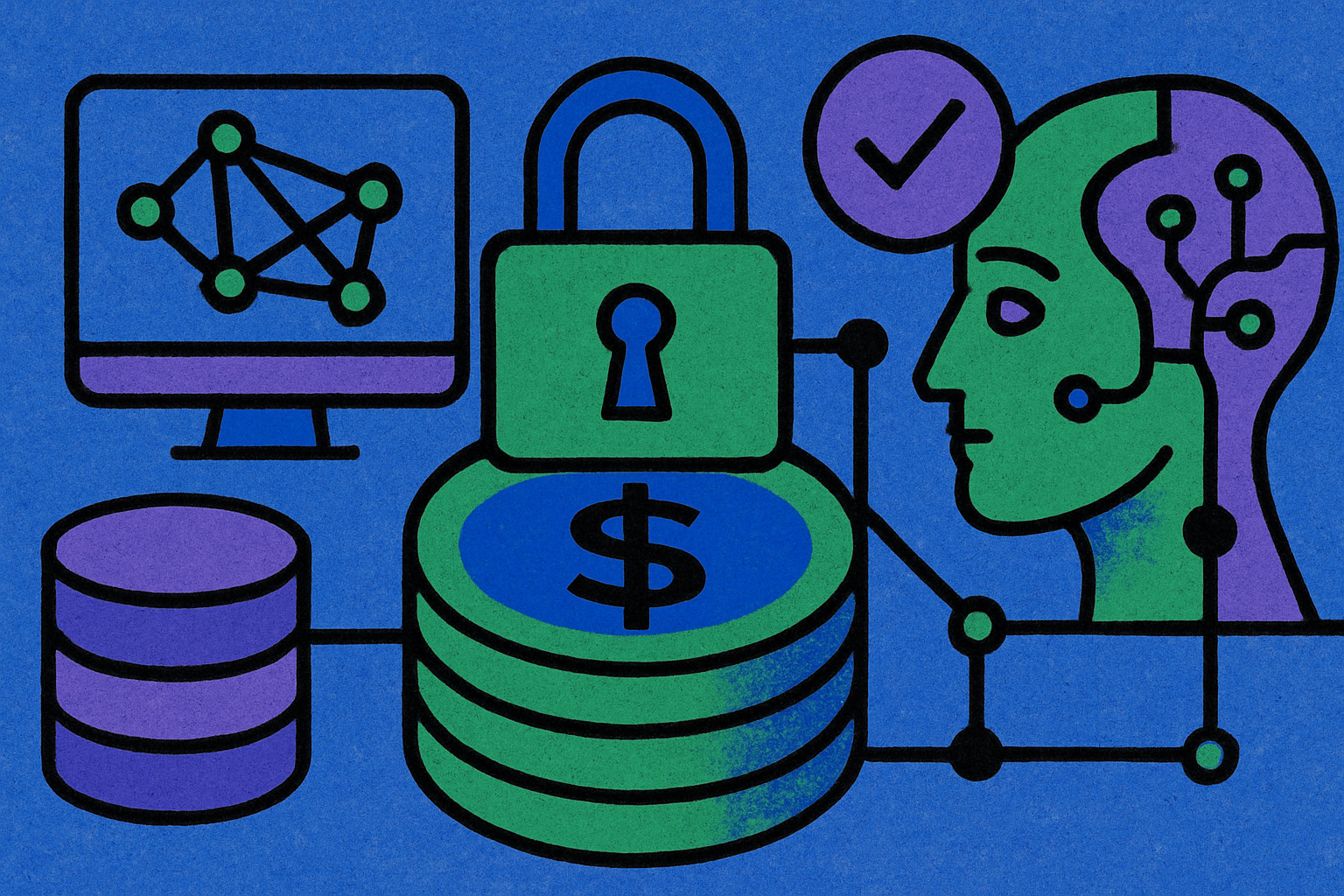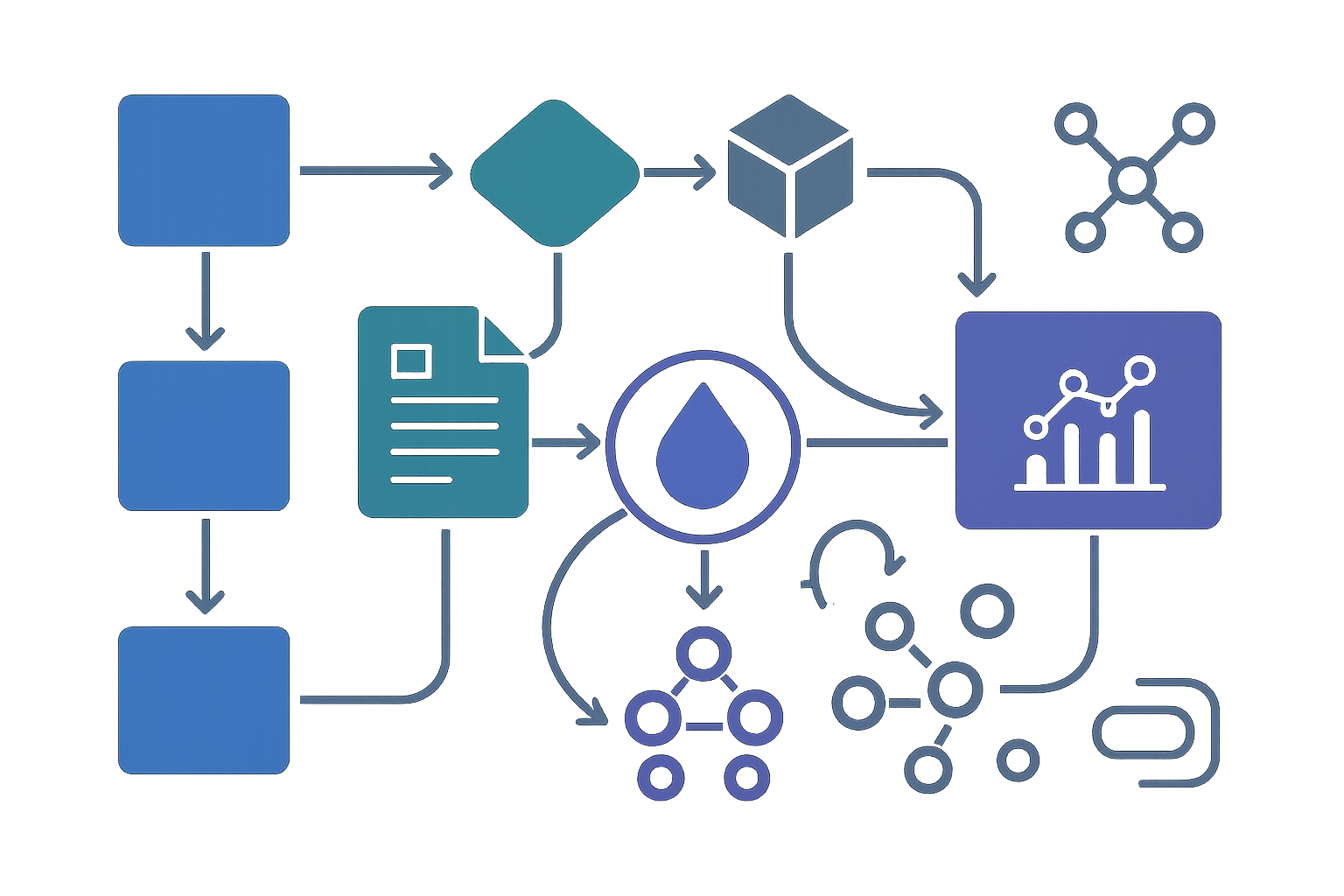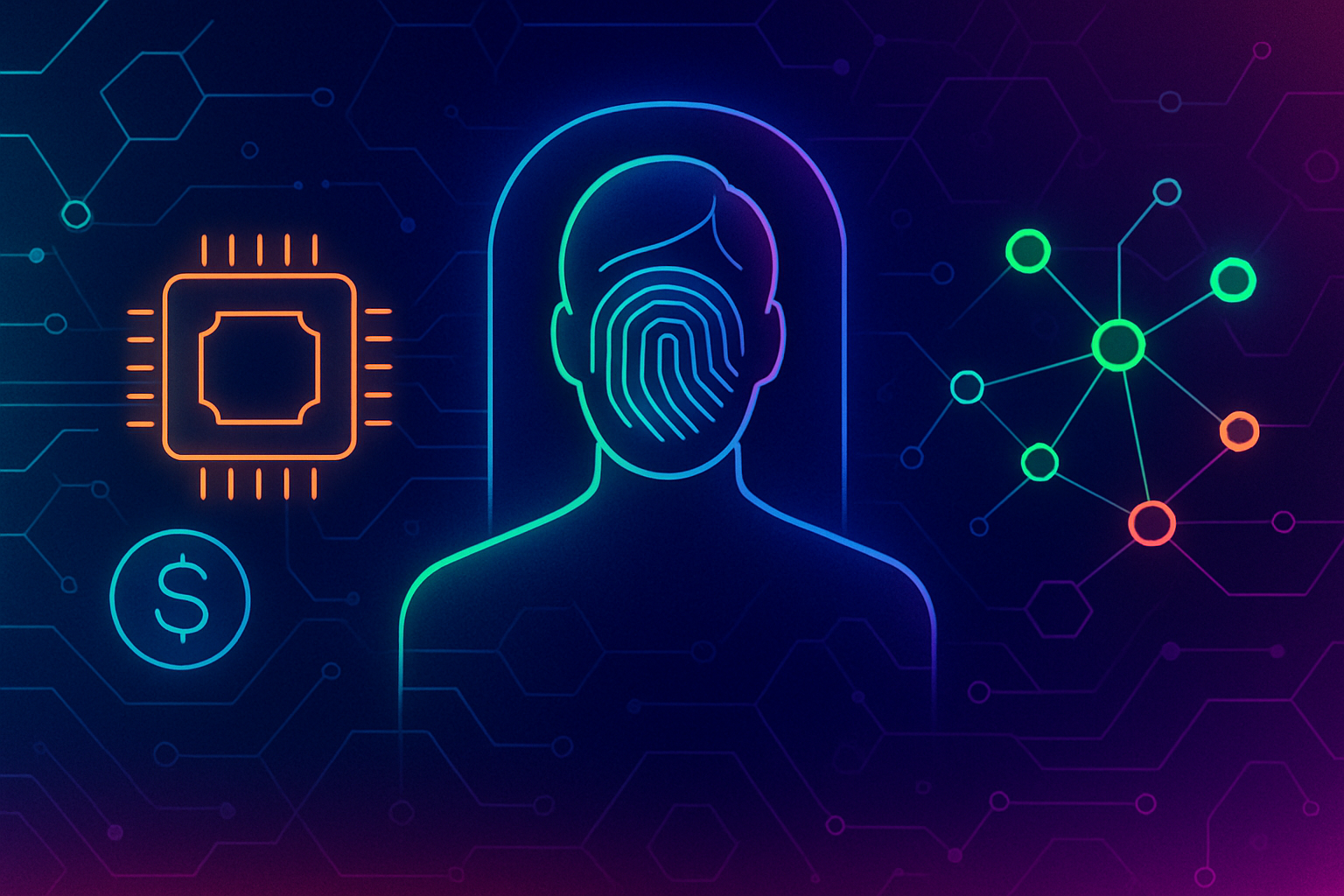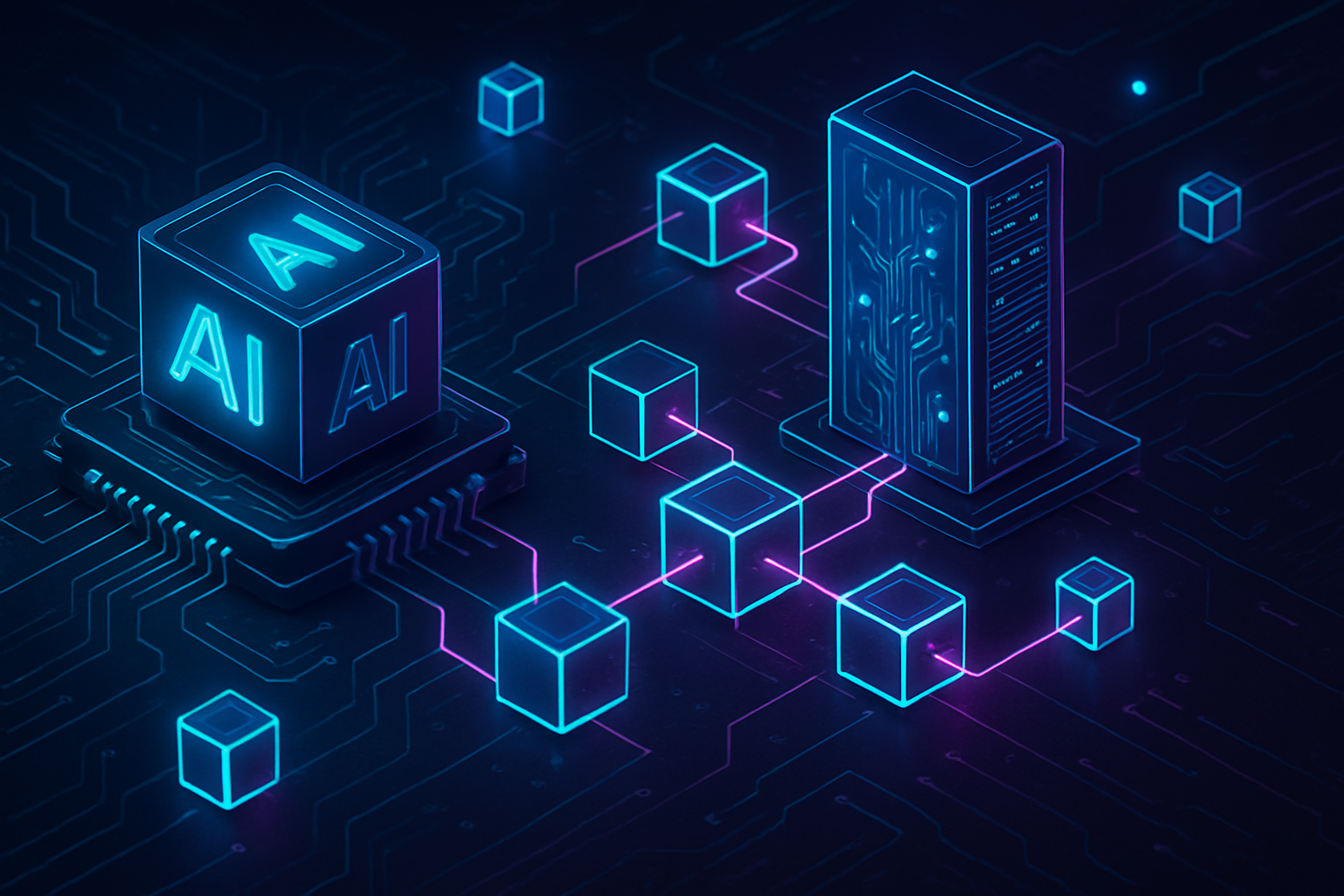
Decentralized AI compute networks are rapidly transforming the landscape of blockchain applications. By distributing computational workloads across a global mesh of independent nodes, these networks are dismantling barriers that once limited access to scalable, secure, and cost-effective AI infrastructure. This convergence of blockchain and AI compute is not just reshaping technical architectures; it is democratizing innovation itself.

The Fundamentals: Why Decentralized AI Compute Matters
Traditional centralized cloud providers have long dominated the AI compute market, but their limitations are becoming increasingly clear. High costs, vendor lock-in, and concerns around data sovereignty have motivated developers to seek alternatives. Decentralized AI compute networks offer a compelling solution: they harness idle computing resources from around the world, creating a distributed supercomputer accessible to anyone with an internet connection.
This model not only drives down costs but also enhances resilience and transparency. By leveraging blockchain protocols for coordination and validation, these networks ensure that data is processed securely and results are tamper-proof. As highlighted by Reflexivity Research, this distributed approach significantly enhances data security and trust in AI-driven systems.
Key Players: Building Blocks of Decentralized Compute
The ecosystem has seen the emergence of several prominent projects that exemplify the potential of decentralized compute:
Key Decentralized AI Compute Networks Powering Blockchain
-

NodeGoAI: Founded in 2021, NodeGoAI enables users to monetize unused computing power by transforming it into resources for AI and high-performance computing. Its peer-to-peer protocol and hardware foster a distributed ecosystem for scalable AI workloads.
-
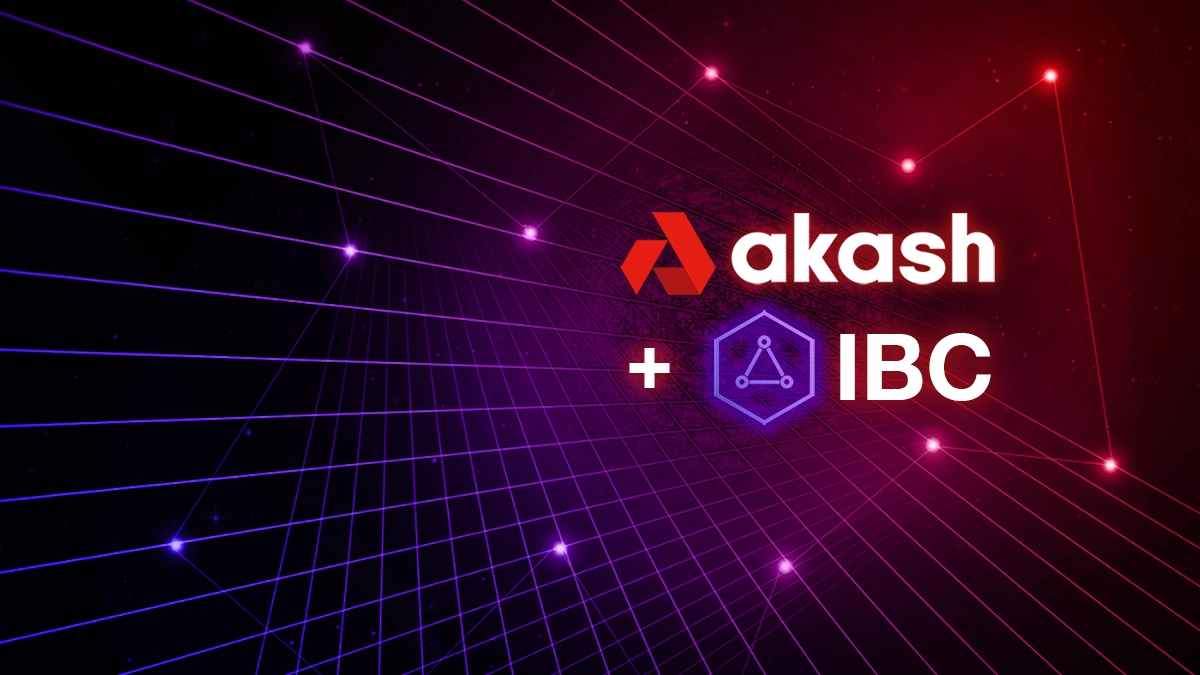
Akash Network: Akash is an open-source supercloud offering a decentralized marketplace for cloud computing. It connects buyers and sellers of computing resources through a secure, efficient, and competitive reverse auction system.
-
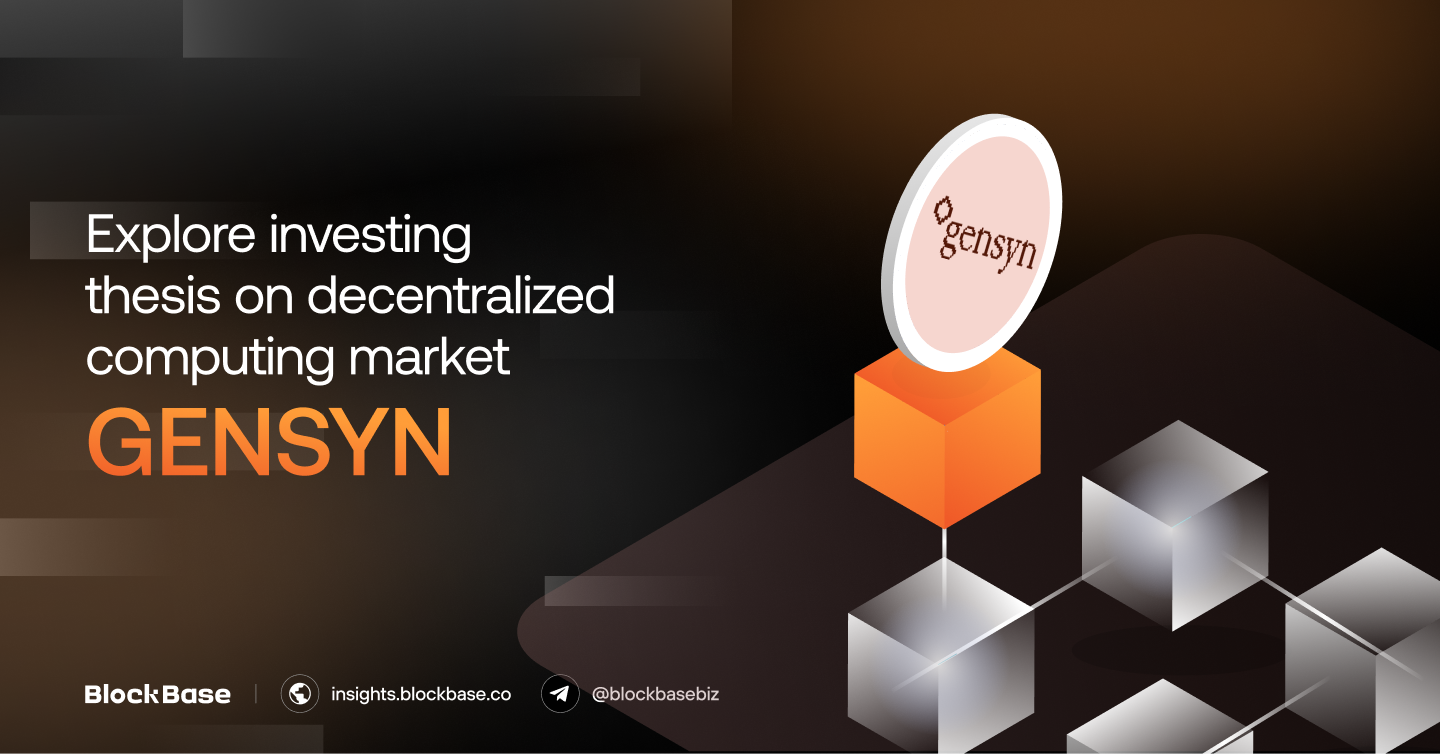
Gensyn: Gensyn unites global computational resources into a single network, allowing developers to train deep learning models over interconnected devices. Blockchain technology ensures secure task validation and token-based payments.
-
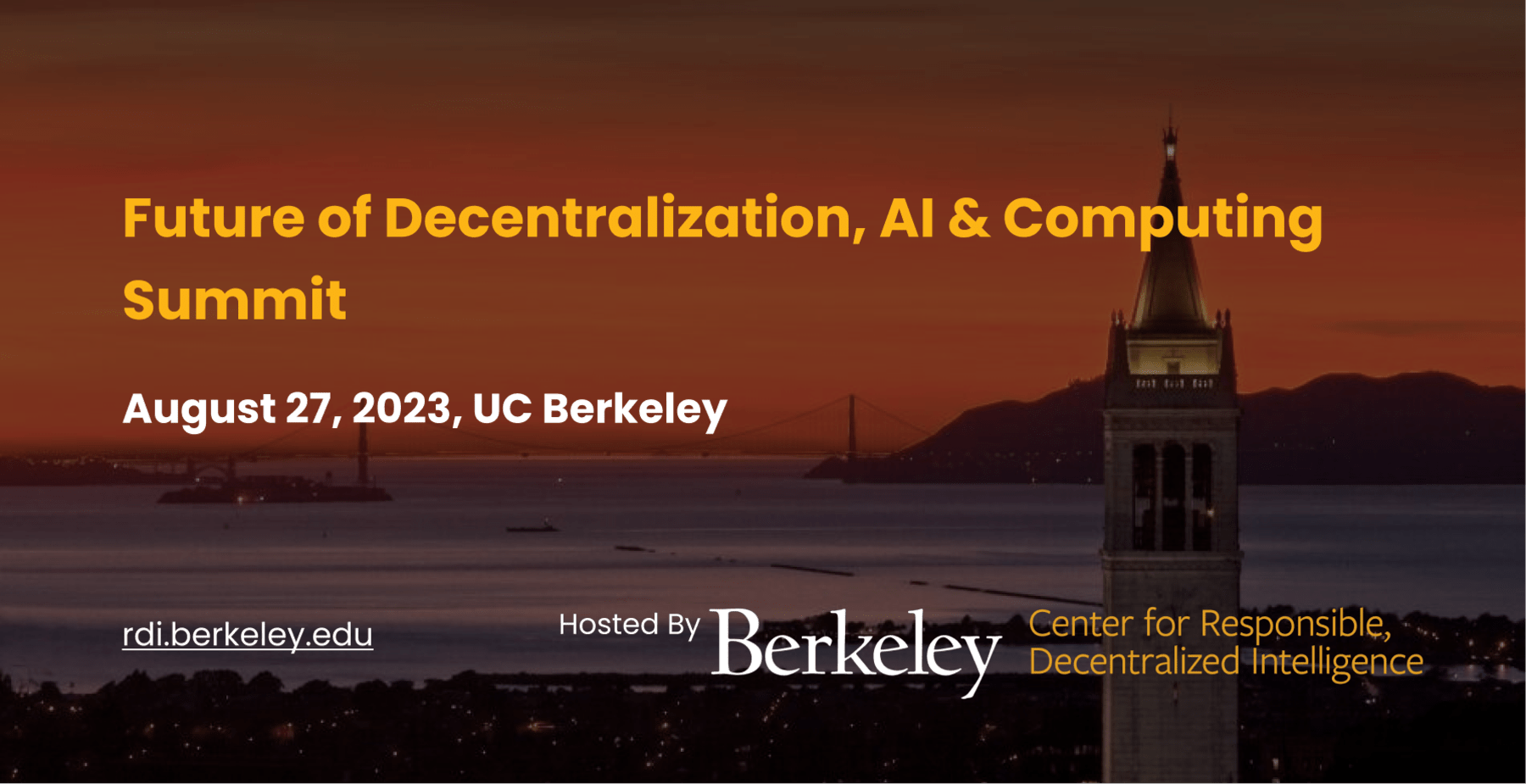
Berkeley Compute: Berkeley Compute decentralizes AI compute infrastructure, enabling GPU owners to monetize hardware and providing developers with affordable, scalable compute power to accelerate AI innovation.
NodeGoAI, launched in 2021, enables users to monetize their unused computing power by connecting it directly to demanding AI workloads. Its peer-to-peer protocol incentivizes participation through token rewards while ensuring resource efficiency at scale.
Akash Network has established itself as a leading decentralized cloud marketplace. Through its reverse auction system, Akash allows developers to source affordable GPU resources on demand while maintaining strong security guarantees via blockchain-based settlements. This open network structure disrupts traditional pricing models by introducing real-time competition among providers.
Gensyn focuses on distributed deep learning training by pooling computational resources into an accessible supercluster. Blockchain-backed task validation ensures fair compensation for contributors and reliable results for developers training large-scale models.
Berkeley Compute, meanwhile, targets both GPU owners seeking new revenue streams and developers requiring scalable compute at lower costs. Its mission is clear: accelerate the AI revolution by building a robust decentralized infrastructure that meets the needs of next-generation applications.
How Decentralized Compute Networks Empower Blockchain Applications
The integration of decentralized AI compute networks into blockchain platforms unlocks powerful synergies:
- Scalability: Distributed architectures can handle massive parallel workloads without bottlenecks typical of centralized systems.
- Cost Efficiency: Leveraging idle or underutilized hardware slashes operational expenses for both startups and enterprises.
- Security and Transparency: Blockchain-based coordination makes all computations auditable and resistant to manipulation.
- Ecosystem Access: Individuals or small organizations can participate as both consumers and providers of compute power – reducing barriers to entry for advanced AI development.
The Technical Stack: Under the Hood of Crypto-Powered AI Infrastructure
Beneath the surface lies a sophisticated stack combining distributed ledger technology with advanced orchestration layers for workload management. As explored in recent reports from Galaxy Digital and SwarmZero or AI, these stacks typically include:
- A blockchain layer for trustless coordination and payments
- A resource marketplace matching buyers (developers) with sellers (node operators)
- An execution layer managing task distribution across heterogeneous hardware environments
- A verification protocol ensuring correctness via cryptographic proofs or consensus mechanisms
This architecture allows for seamless integration with existing blockchains while enabling new classes of applications – from privacy-preserving machine learning to autonomous agents capable of negotiating resource usage on behalf of users (learn more here). The result is a flexible foundation upon which the next wave of decentralized applications (dApps) will be built.
As the decentralized AI compute landscape matures, developers and enterprises are beginning to realize the tangible benefits of this paradigm shift. Projects like NodeGoAI and Akash Network have already demonstrated how a distributed approach to AI compute not only reduces costs but also encourages a more inclusive ecosystem. By allowing anyone to contribute idle resources, these networks transform what was once wasted capacity into a thriving marketplace for innovation.
But the real breakthrough is the way these networks empower next-generation blockchain applications. For example, decentralized finance (DeFi) protocols now leverage AI-powered risk assessment models that run on distributed infrastructure, ensuring both privacy and verifiability. In supply chain management, decentralized compute enables real-time analytics on-chain without exposing sensitive data to centralized entities. Even NFT platforms are experimenting with generative AI art that is trained and rendered via decentralized GPU clusters, unlocking new creative possibilities.
Emerging Use Cases: From DePIN to Autonomous Agents
The rise of AI compute DePIN (Decentralized Physical Infrastructure Networks) marks a significant evolution in how physical resources are pooled and allocated. These networks are not limited to virtual machines or cloud GPUs – they can incorporate edge devices, smartphones, and even IoT sensors into a unified compute fabric. This democratization of infrastructure is particularly relevant for:
- Autonomous agents operating on blockchains like NEAR, which require secure off-chain inference while maintaining user privacy.
- Collaborative machine learning, where multiple parties train shared models without centralizing raw data.
- Decentralized AI marketplaces, enabling fair pricing and transparent access for all participants.
The impact is twofold: first, it dramatically lowers the entry barrier for startups and independent developers building advanced AI-driven dApps. Second, it introduces new economic incentives through tokenization – node operators receive rewards in crypto for providing reliable compute power, while users benefit from lower prices and increased choice.
Challenges Ahead: Usability, Interoperability and Trust
No technological shift comes without hurdles. While decentralized networks offer compelling advantages over legacy cloud providers, there remain practical challenges around interoperability between different protocols, onboarding non-technical users, and ensuring quality of service at scale. Projects like Gensyn have invested heavily in blockchain-backed task validation schemes to guarantee result correctness – but broader adoption will depend on seamless developer tooling and robust governance frameworks.
The question of trust is also paramount: as more mission-critical workloads migrate onto decentralized platforms, the need for transparent auditing tools and open standards becomes essential. Fortunately, the open-source ethos of this sector encourages rapid iteration; communities regularly share best practices across projects to accelerate progress.
Looking Forward: The Roadmap for Decentralized Applications and AI Compute
The convergence of blockchain AI infrastructure with decentralized compute networks signals a new era of composable innovation. As protocols mature and interoperability improves, expect to see an explosion of use cases – from real-time language models running inside smart contracts to fully autonomous DAOs governed by on-chain machine learning agents.
For those eager to dive deeper into technical specifics or explore project comparisons in detail, our related guides provide hands-on insights into building with these emerging stacks (read more here). Whether you’re an investor tracking ecosystem growth or a developer seeking scalable solutions beyond traditional clouds, now is the time to engage with this dynamic frontier.
